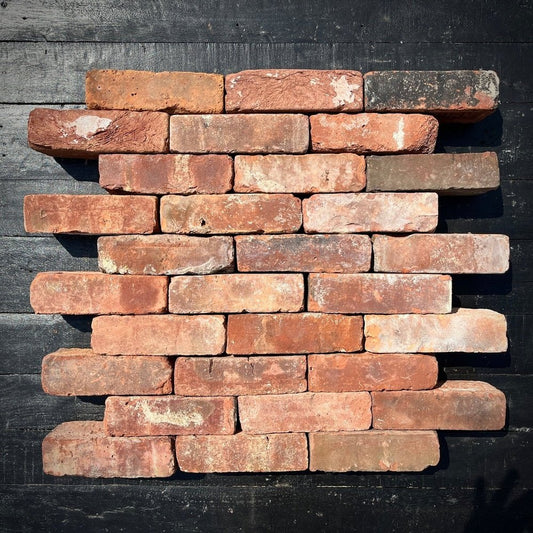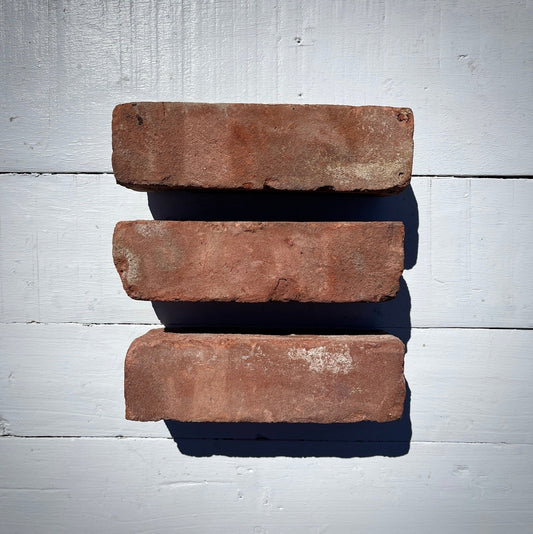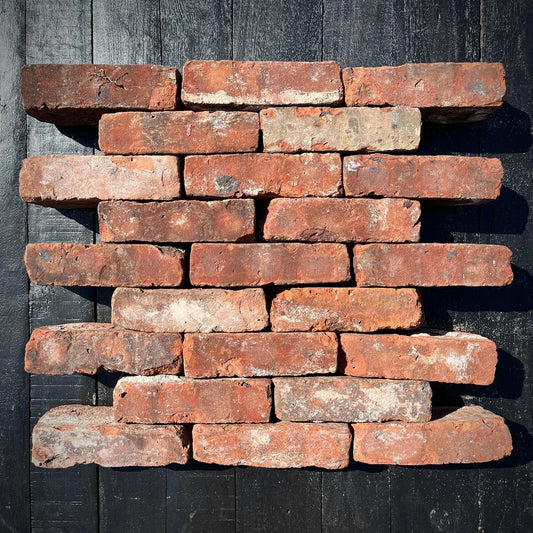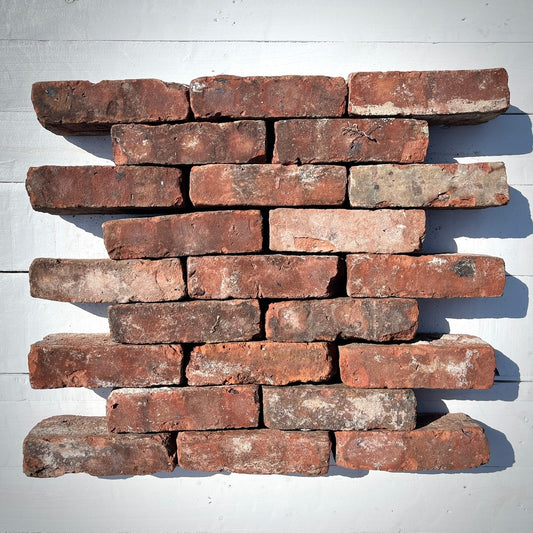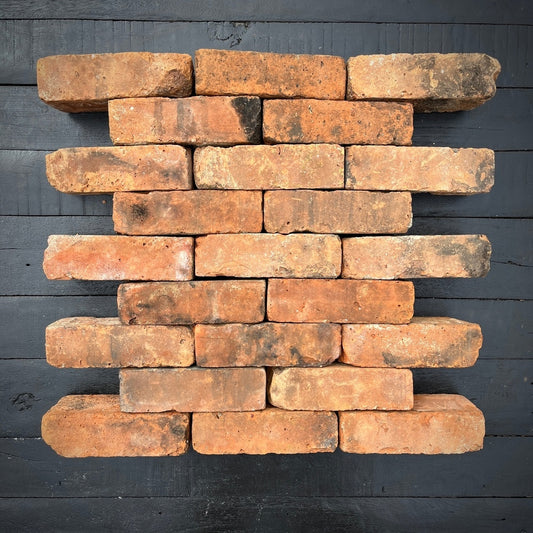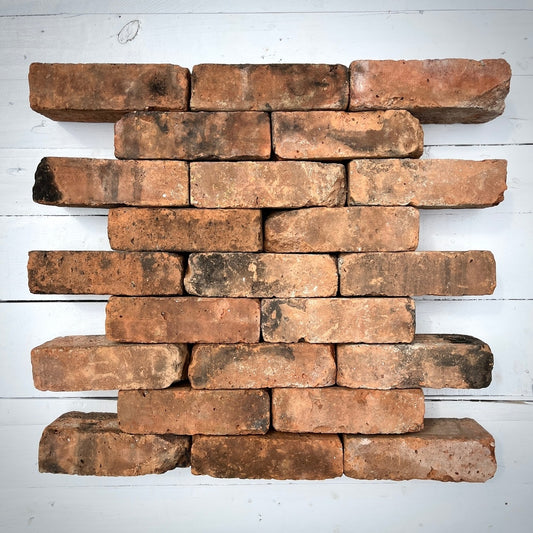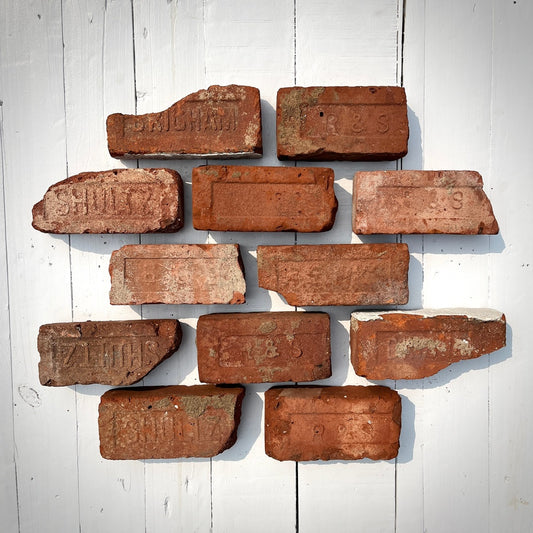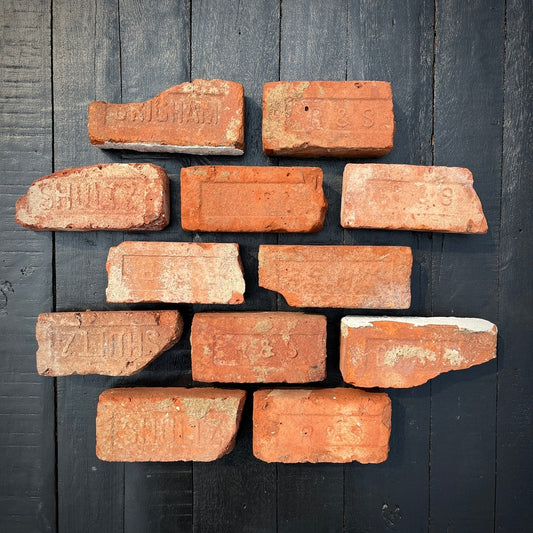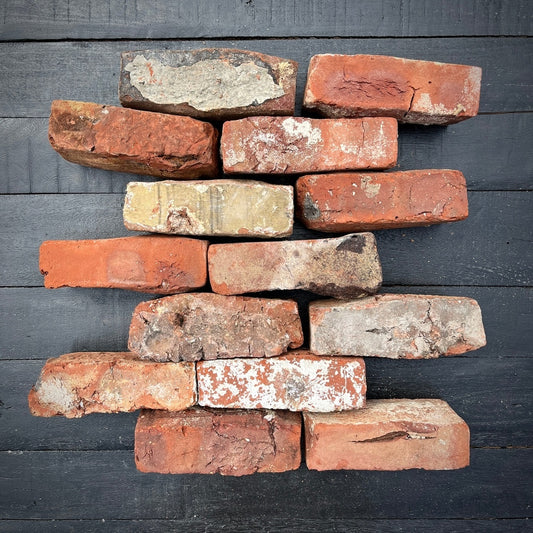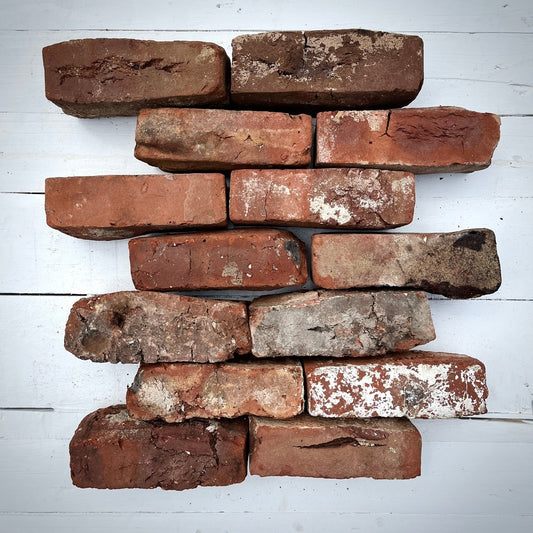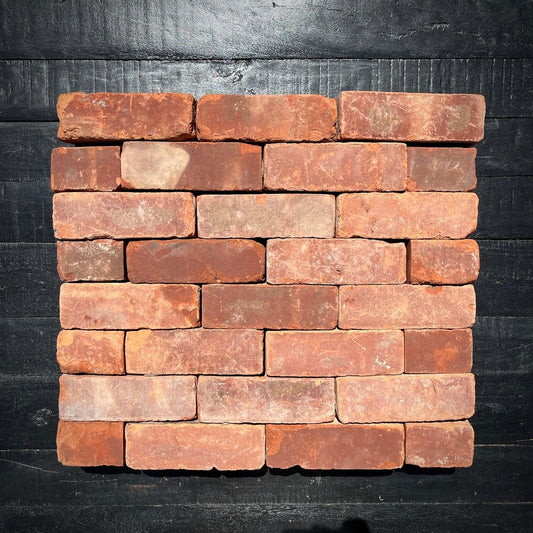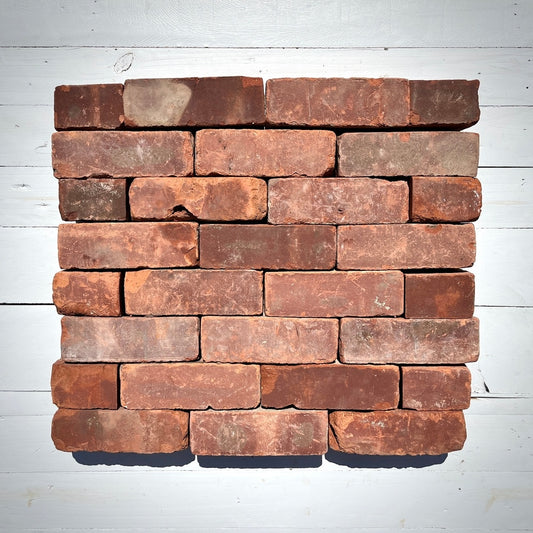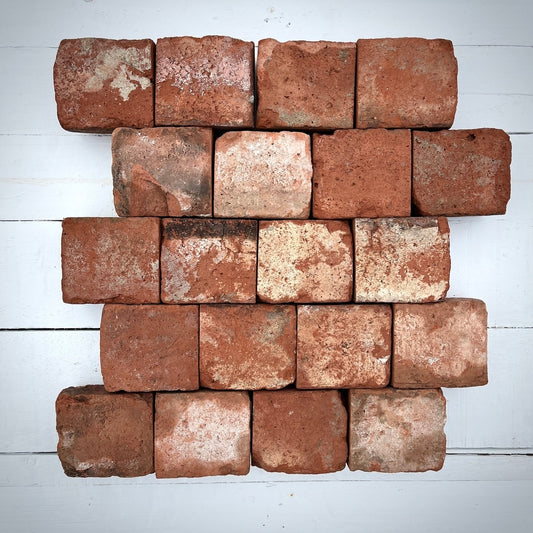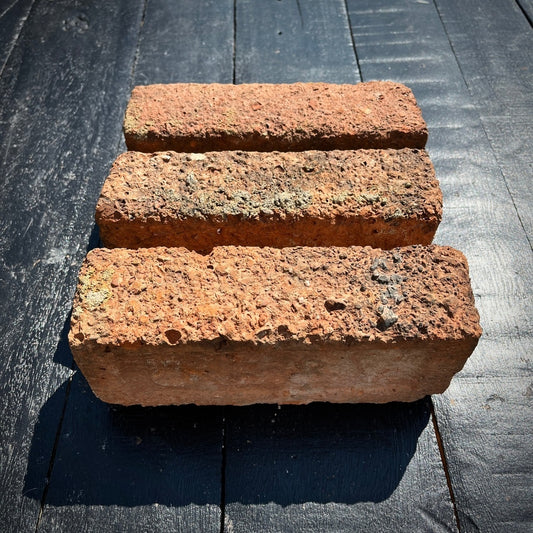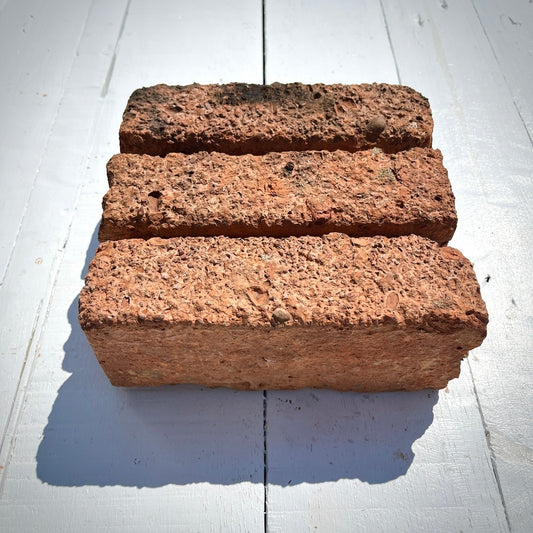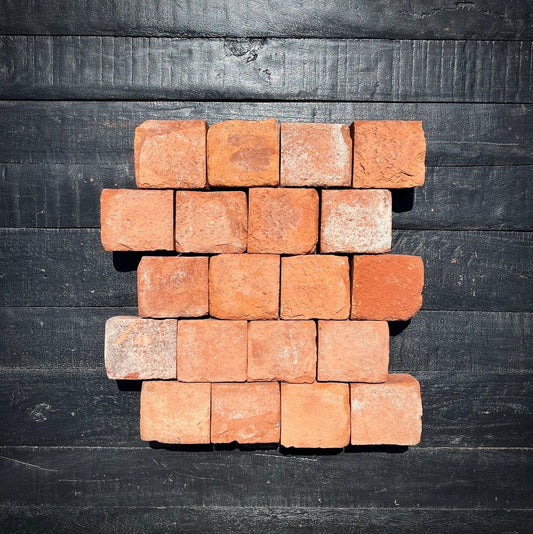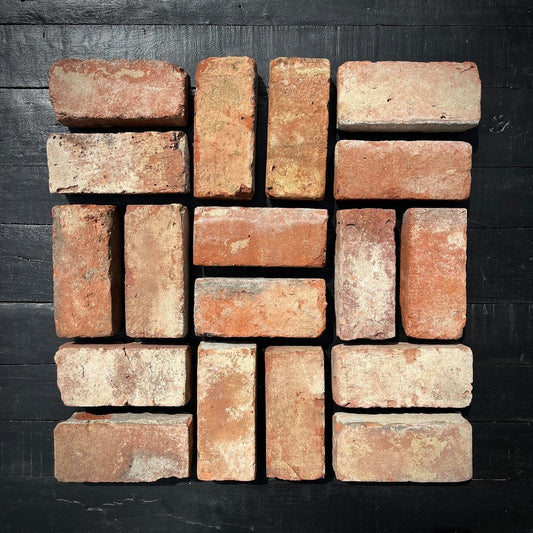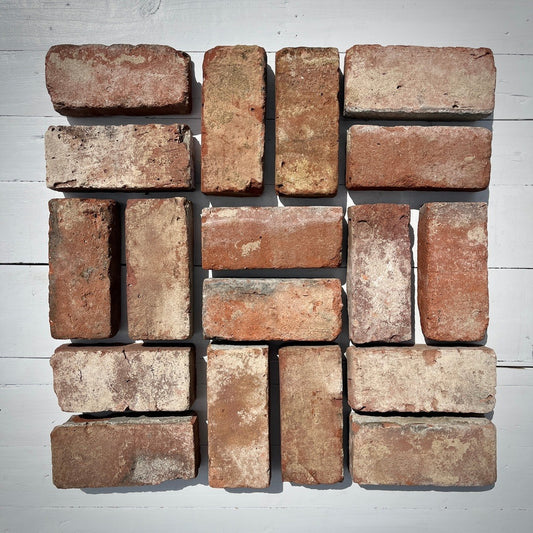The pattern you choose can transform a simple brick structure into a stunning design statement. At Chief Bricks, we celebrate the versatility of brick bonds, offering a wide range of classic and contemporary patterns for walls, patios, and paths. Whether you’re aiming for the timeless appeal of a herringbone path, the elegance of a basketweave patio, or the strength of a stretcher bond wall, the right brick bond adds both style and structural integrity to your project. Explore our collection of brick bonds and find inspiration to elevate your next build!
1. Running Bond 
- Description: This is one of the simplest and most popular patterns, where each brick is offset by half a brick from the one below it.
- Common Use: Often used for walls, walkways, and patios, it’s known for its straightforward and strong appearance.
- Strength: Moderate. It provides decent stability and is visually appealing in its simplicity.
2. Stack Bond
- Description: Bricks are aligned directly on top of each other in straight vertical and horizontal lines.
- Common Use: Great for decorative walls or modern designs due to its clean, minimalist look.
- Strength: Lower structural strength compared to other patterns, as there’s no overlap. Often reinforced for structural applications.
3. Basket Weave 
- Description: Alternates pairs of horizontal and vertical bricks, creating a woven, checkerboard effect.
- Common Use: Popular for patios, pathways, and accent walls, adding a decorative feel.
- Strength: Moderate. Its interlocking pattern gives it some stability but mostly serves an aesthetic function.
4. Herringbone 
- Description: Bricks are laid at a 45° or 90° angle in a zigzag pattern, with each brick forming a V-shape against the next.
- Common Use: Frequently used for patios, driveways, and walkways due to its durability and eye-catching look.
- Strength: High. It’s very strong, making it suitable for surfaces with heavy foot traffic or loads.
5. Flemish Bond
- Description: Alternates each row with a pattern of headers (short sides of the bricks) and stretchers (long sides).
- Common Use: Traditional brick walls, especially in classic and period architecture.
- Strength: High. The interlocking of the headers and stretchers makes it durable and stable.
6. English Bond
- Description: Alternates rows of headers and stretchers, with all bricks in a row aligned the same way.
- Common Use: Frequently seen in structural walls due to its historical and sturdy design.
- Strength: Very strong and often used in load-bearing walls due to its enhanced stability.
7. Diagonal Bond 
- Description: Bricks are laid in diagonal rows, often starting from a central line and angling outwards.
- Common Use: Mostly decorative, as it is complex to install and often used in patios or walls with unique architectural styling.
- Strength: Moderate. Adds a distinct visual impact but requires extra support.
8. Spanish bond 
- Description: Typically, it has two or more stretchers followed by a header within each row, often with alternating configurations to create a repeating, ornamental pattern.
- Common Use: Commonly seen in historical Spanish or Mediterranean architecture, where it adds visual depth and cultural character.
- Strength: Moderate to high, depending on the specific layout. The interlocking nature of headers and stretchers can provide decent stability but may require reinforcement for structural uses.
9. Common Bond (American Bond)
- Description: Features rows of stretchers with intermittent rows of headers, usually one header row every 5-6 rows of stretchers.
- Common Use: Popular in North America for structural walls, as it combines stability with aesthetic appeal.
- Strength: High. The header rows provide additional bonding between bricks.
These patterns offer flexibility in design and can be mixed and matched depending on the structural needs and style preferences of the wall or patio project.
"Herringbone bond was ideal for this patio in Brooklyn because it enhances the client's view both from inside the home and outside it. The yard is only 15 by 10 feet but it's delightfully open to the sky with surrounding architecture of a singular scale and shape. We offset the periphery by bringing the eye toward the landscape's corners with diagonally laid 200- year-old orange bricks. Nancy and Alkis at Chief Bricks made sure every piece brought its own beauty to my client's cherished outdoor space."

Picture of a Herringbone bond patio designed and laid out by Dragonetti Brothers using Chief Bricks' reclaimed NYC orange bricks.


